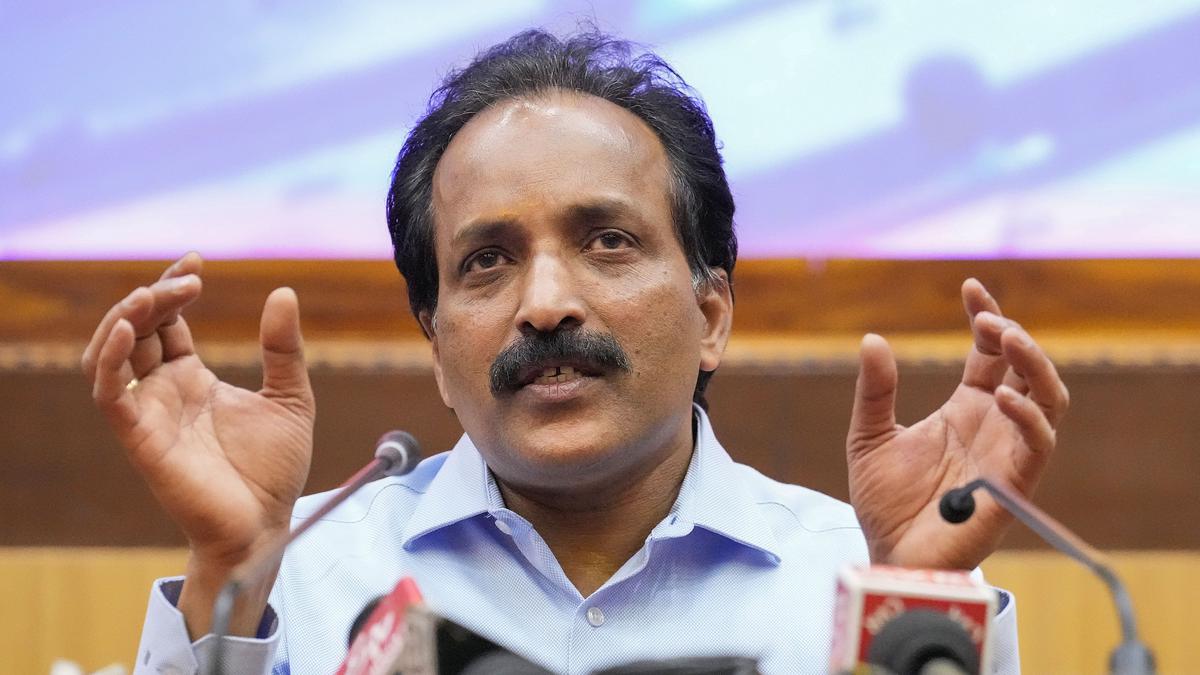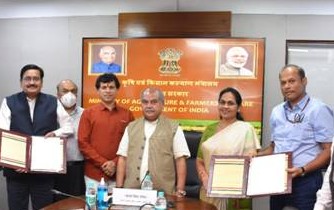Ahmedabad, NFAPost: In a recent update on India’s ambitious Gaganyaan space mission, S Somanath, Chairman of the Indian Space Research Organisation (ISRO), revealed that the first abort mission for the maiden human spaceflight will be conducted at the end of August this year. He further announced that the unmanned mission to orbit is scheduled for the beginning of next year. Somanath shared these details with the media during an event at the Physical Research Laboratory (PRL) in Ahmedabad.
Preparations for the Gaganyaan mission are well underway, with the test vehicle already prepared at Sriharikota. Additionally, the assembly work of the crew module and crew escape system has commenced. The upcoming month-end will see the test vehicle undergo comprehensive functional and vibration testing. If all goes as planned, the launch of the crew abort mission is expected by the end of August. Following this, another mission with different abort conditions is set to take place later this year.
The subsequent milestone in the Gaganyaan project involves an unmanned mission to orbit, slated for the beginning of the next year. This mission will aim to safely return the spacecraft from orbit, constituting the third mission in the series. Somanath, who also serves as the Secretary of the Department of Space, stated that these three missions are currently part of the Gaganyaan schedule.
When asked about the challenges involved in the mission, Somanath emphasized the utmost priority of ensuring crew safety. To address this concern, two additional measures are being implemented. The first is the crew escape system, which would activate in case of any contingency during the rocket’s ascent. The second is the integrated vehicle health management system, which employs advanced decision-making capabilities to ensure the mission’s success. Somanath emphasized the importance of thorough development and testing of these systems to guarantee their reliability.
During his visit to the Physical Research Laboratory, Somanath inaugurated Param Vikram-1000, a High-Performance Computing (HPC) facility or supercomputer. With computational capabilities ten times faster than its predecessor, Vikram-100, this supercomputer will significantly enhance the PRL’s research work by providing scientists with improved modelling and simulation capabilities.
The progress of India’s Gaganyaan mission highlights the nation’s commitment to space exploration and its efforts to place astronauts into orbit. With the first abort mission scheduled for August and the unmanned orbit mission planned for next year, India is poised to achieve significant milestones in its space exploration endeavours.





